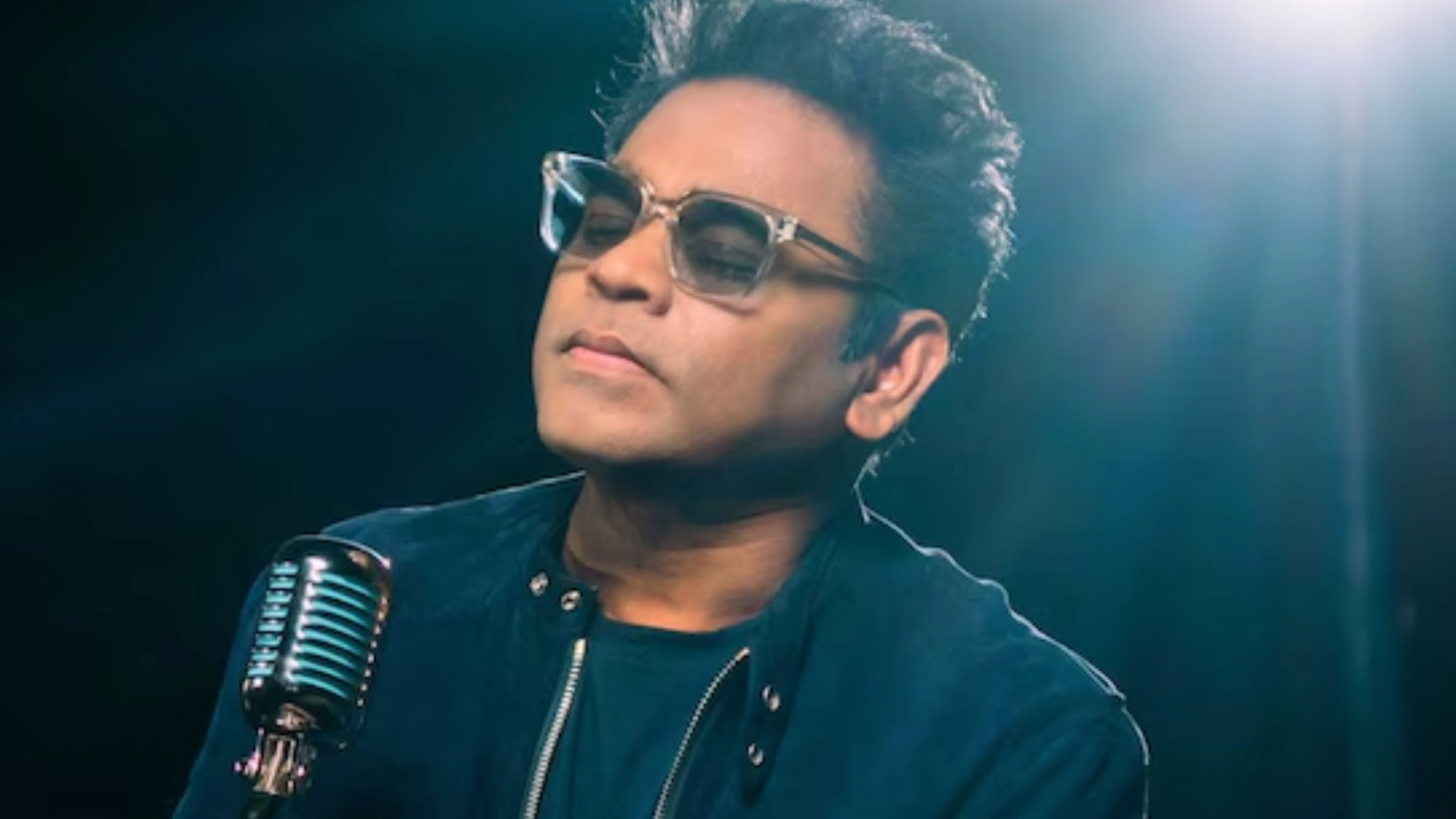The rich and varied history of India includes a broad spectrum of social standards, cultural traditions, and beliefs. These include a sophisticated and nuanced concept of gender and sexuality, which is reflected in the widespread recognition and acceptance of third gender and LGBTQIA+ identities. This historical account shows how same-sex and non-binary relationships were accepted and included into many facets of Indian society.
Third Gender in Hindu Scriptures
Vedas- There are hymns in the Rigveda, one of the most ancient and respected texts in Hinduism, that allude to the possibility of a third gender. The Vedas recognise gender differences beyond the binary distinction between male and female, even if they do not expressly classify gender in the modern sense. In later writings, those who are contrary to established gender roles are frequently referred to as “tritiya prakriti” (third nature).
Smiritis and Dharmashastras- The Manusmriti and other ancient law books acknowledge the existence of the third gender. They define individuals who are neither male nor female, outlining societal norms and designated roles for them. There are characters in the ancient Indian epics, the Mahabharata and the Ramayana, who challenge conventional gender norms. Manuscripts from mediaeval India further demonstrate the existence of people who identify as third gender, Trans people or hijras. Individuals who identified as intersex or transgender belonged to the hijra community, which had specific social and religious roles. They were frequently asked to bless marriages and births and were linked to fertility and auspiciousness.

LGBTQIA+ Themes in Hindu Mythology
Mahabharata- One of the two main Sanskrit epics, the Mahabharata, has multiple passages that emphasise the fluidity of gender and sexuality. Born as Shikhandini, a girl, Shikhandi changes to become a masculine warrior in order to accomplish a destiny. This character, who represents the ancient acceptance of gender transition, is pivotal to the battle of Kurukshetra. Varuna and Mitra are described as having children through ayoni, or non-vaginal intercourse, in the Bhagavata Purana. For instance, Agastya and Vasistha were produced from water pots after Mitra and Varuna discharged their embryos in front of Urvasi. One could argue that this story is comparable to modern gay couples who have children through surrogate mothers.
Bhagiratha’s Birth- Two queens are said to have been united in the birth myth of Bhagiratha. When Ikshvaku dynasty king Dilipa passed away without leaving a successor, his widows prayed to Lord Shiva for a child. Shiva, moved by their devotion, granted their wish, and by divine intervention, the queens conceived a son. This narrative is frequently used as an illustration of how same-sex relationship can result in children by divine grace.

ALSO READ: Supreme Court Denies Marriage Equality Rights to LGBTQIA+ Community
Deities and Gender Fluidity
Shiva and Parvati- The deity Ardhanarishvara demonstrates the union of feminine and masculine energy. He is an amalgamated androgynous form of Shiva and Parvati. Half-man, half-woman, Ardhanarishvara symbolises the belief that gender is a continuum and all sides cohabit peacefully inside the holy.
Vishnu- Another important Hindu deity, Vishnu, often takes on diverse forms that defy traditional gender roles. To share the nectar of immortality with the gods, Vishnu takes the appearance of Mohini, an entrancing woman. The mythological tale of Mohini and Shiva’s union, which results in the creation of the god Ayyappa, illustrates the acceptance of same-sex unions and gender-neutral roles.

Arjun- Gender diversity is exemplified by Arjuna. The nymph Urvashi cursed Arjuna, declaring that he would become a “kliba,” or person of the third gender, when he turned down her romantic attempts. Krishna promised Arjuna that this curse would be the ideal cover for him in the final year of his exile. The curse came to pass when Arjuna adopted the name Brihannala and dressed like a woman. Arjuna was able to enter the city governed by King Virata as a result, and he instructed the princess Uttara and her female guests in music, singing, and dance.
Historical and Social Context
Hindu society’s acknowledgement of a third gender and LGBTQIA+ people has changed over time. Different levels of acceptability and inclusion were observed in ancient and mediaeval India. In various regions of India, the Hijra community—a traditional third gender community—is respected and acknowledged. They are frequently asked to bless infants and recentlyweds, indicating their lucky position in some situations. However, Victorian morality were imposed on Indian society during the British colonial era, which resulted in the prosecution and marginalisation of non-heteronormative identities. This depicted a huge shift. The 1861 introduction of Section 377 of the Indian Penal Code made homosexual conduct illegal, further contributing to the stigmatisation of LGBTQIA+ people.

Contemporary Revival and Lawful Approval
A renewed interest in the inclusive elements of Hindu mythology and scriptures has emerged in the last few decades. In order to fight for the rights and dignity of LGBTQIA+ people, activists and academics have brought attention to these stories. The Supreme Court acknowledged transgender individuals as a third gender in 2014, giving them legal status and upholding their rights to healthcare, work, and education. By overturning Section 377 in 2018, the Supreme Court of India also decriminalised homosexuality. This historic ruling was hailed by many as a return to the more tolerant principles seen in earlier Indian customs.

The presence and prevalence of LGBTQIA+ and third gender motifs in Hindu mythology and ancient literature point to a sophisticated and nuanced understanding of gender and sexuality. By offering a rich tapestry of stories that celebrate human diversity, these narratives highlight the historical and cultural acceptance of many identities. These historic viewpoints provide a foundation for modern-day advocacy about the rights and acceptance of LGBTQIA+ people, demonstrating the persistence of inclusive Hindu traditions.





















